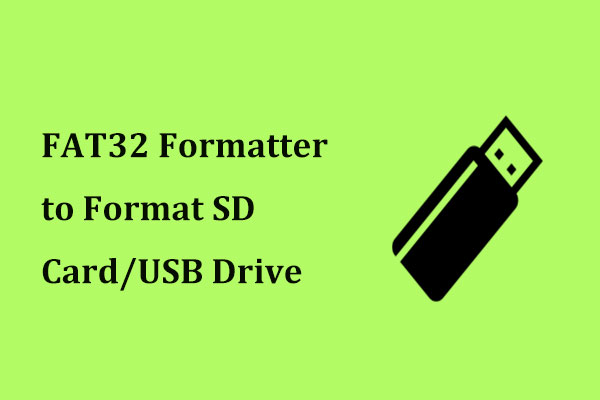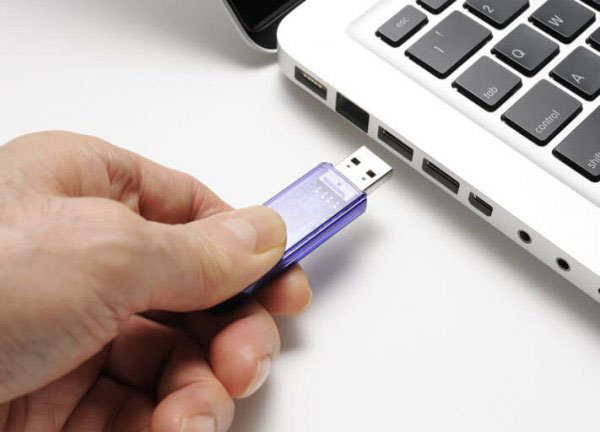

- #FORMATTING USB DRIVE FOR MAC PORTABLE#
- #FORMATTING USB DRIVE FOR MAC MAC#
- #FORMATTING USB DRIVE FOR MAC WINDOWS#
Formatting the flash drive as exFAT or NTFS will resolve this issue. Files larger than 4GB can NOT be stored on a FAT32 volume. If you already have data stored on the drive, back that data up elsewhere, reformat the drive, and then put your data back on the drive.This is due to FAT32 limitation. Reformatting will delete all the data stored on the drive, so if you need to reformat, do so as soon as you buy the drive. Now that you’ve figured out those differences, it’s time to reformat your hard drive.
#FORMATTING USB DRIVE FOR MAC WINDOWS#
It’s possible, but tricky, to change the size of a partition later on in Windows and macOS we recommend backing up the data on your drive before attempting the task, since it’s possible to wipe your drive doing this. Make sure to leave plenty of room for future backups on both partitions. Now your computer will see your single drive as multiple, smaller drives. First, partition the drive using Disk Utility with macOS, and (using our walkthrough below) format one part as HFS+ and the other as FAT32 then, plug the drive into Windows and reformat the FAT32 portion as NTFS. If you want to use a single external hard drive to back up both File History and Time Machine, you can partition it so that some of the drive is NTFS and some is HFS+.exFAT works on both macOS and Windows, and it doesn’t have the file size limit that FAT32 does, so you’ll be able to back up movies and other large files.
#FORMATTING USB DRIVE FOR MAC MAC#

So what do those four file systems mean, and which one is right for you? Non-Linux computers can use four main file systems: NTFS, HFS+, FAT32, and exFAT. If you use a Mac, the likelihood that you’ll have to reformat the drive is higher. If you use Windows, chances are good that you won’t need to reformat your external hard drive-unless you buy it secondhand, or you plan on switching between operating systems, your drive should come ready to use.
#FORMATTING USB DRIVE FOR MAC PORTABLE#
If you buy an external drive-such as one of our recommended desktop hard drives, portable hard drives, or USB 3.0 flash drives-you may need to reformat it to work with your operating system of choice, since different operating systems use different file systems to process data.Īlthough it’s true that any drive is compatible with both Windows and macOS, most drives come preformatted for Windows out of the box.


 0 kommentar(er)
0 kommentar(er)
